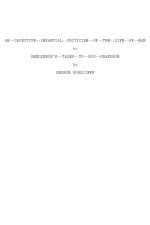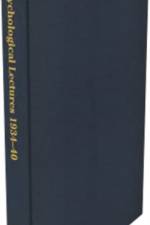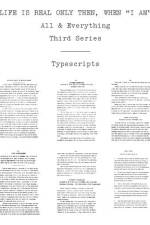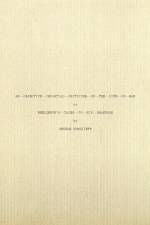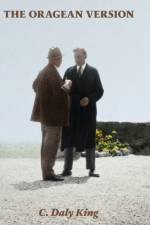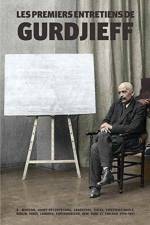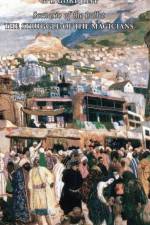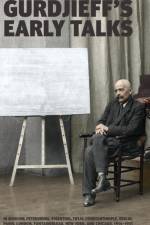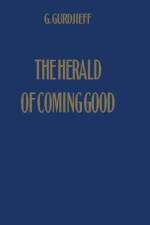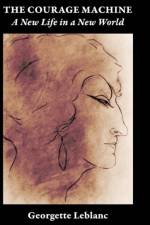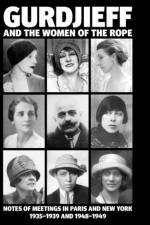av John O'Hara Cosgrave
375,-
What are we here for? Who set up the Earth and the Sun? How did we get to be what we are? What is life for or about? This book offers a rational philosophy and a new conception of life and the eternal verities at a time when the character of the universe is every man's guess, and the old moorings are adrift. The author sets out to prove in mechanistic terms the reality of the Soul and the inevitability of God. He does not write in the symbols of faith or the intricate formulas of science. A book for everyone who is puzzled by new cults, creeds, beliefs and unbeliefs. A harbor in the uncharted seas of current thought. "Find, to begin with, who does what a man does, and what for? Is he just his body, or does an invisible entity animate and utilize its parts? If he be no more than his body, then life is an interaction between an organism and an environment, and it begins and ends here and now. If this be so, let us face the truth and make the most of our span. If man be this entity, then this is his vehicle -- discover the character and mode of the affiliation: who confined him in its frame, and what is being done or demonstrated during his occupation of it?" This book proves that the human race is more important in the great scheme of things than it has ever claimed to be or thought it was. " . . . Mentally the trouble is due to the error of your philosophies in taking for granted the whole framework of earth, life and being, and assuming the interaction of its parts as the end and aim of existence. Here is a giant sphere woven of an intricate fabric of gases and metals, revolving on its own axis, following an exact orbit round a central power station from which it derives energy, illumination and heat, bearing an infinite cargo of passengers who are sustained from its substances by their own exertions; all according to principles so mathematical, so efficient that they are classed as immutable laws -- and in the face of a system so obviously a mechanism designed for a purpose, your wiseacres declare the whole business an accident! It's absurd." With the waning of organized religion man must seize upon something to explain existence. This book is essential to anyone who wants to keep his intellectual or spiritual bearings in a world overwrought by the conflicting theories of Einstein, Eddington, Jeans, Whitehead and Bertrand Russell. Mr. Cosgrave says: "The mystery in the background of Life is not that men do as they do; it is the frame, circumstance and fact of their existence. . . . In the fervor of new undertakings our generations forget that they are mere pensioners of an ancient bounty, and that neither to the machineries of their bodies, nor to the constitution of the environment, do they contribute more than use. The discoveries hailed so enthusiastically are but disclosures of primordial provisions for the upkeep and operation of our kind; and our inventions but readaptions of old processes to altered positions." It is not a sentimental book. The argument leans neither on revelation nor theology; but it attempts to demolish the dogmatism of current science and to laugh Behaviorism out of court. It is told with clarity and humor. It is designed for the layman. To the believing reader it offers new light on the problems of human existence and a common-sense philosophy; to the skeptic it presents a definite and aggressive challenge. Mr. Cosgrave has been an editor of magazine and Sunday publications for some forty-two years. Under his guidance Everybody's Magazine achieved its greatest influence and fame. After fifteen years as a Sunday editor of the New York World h

